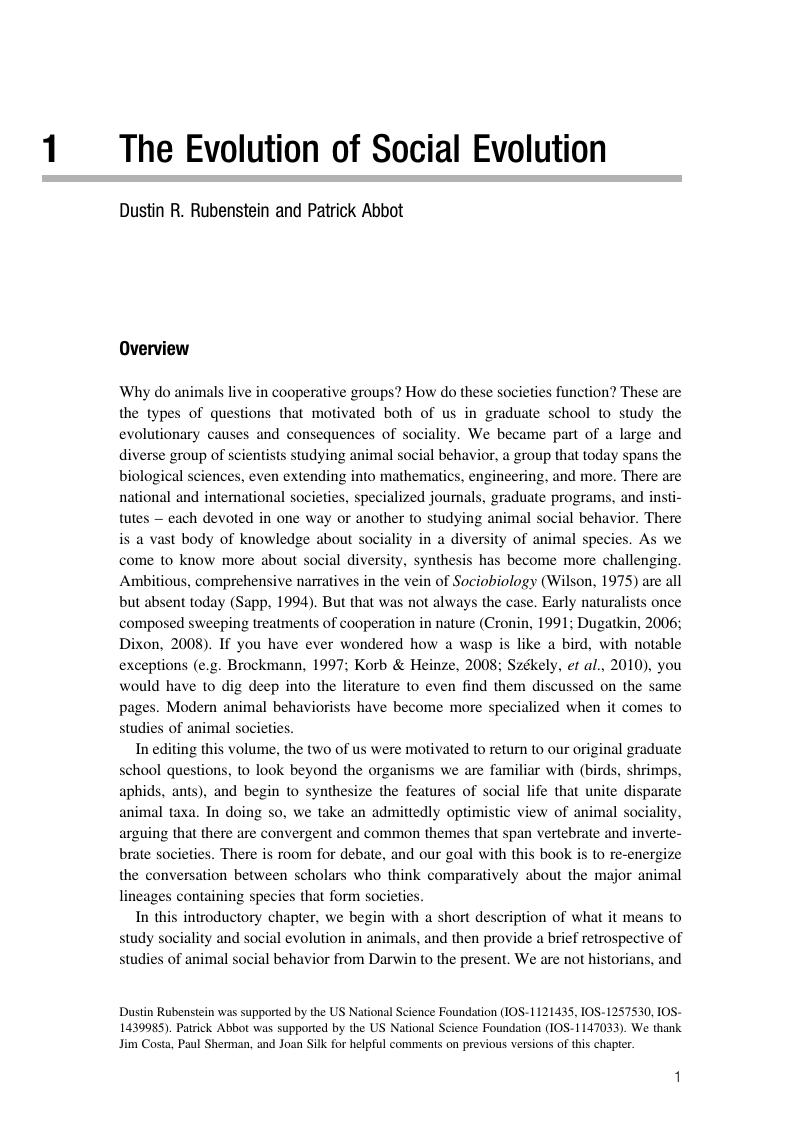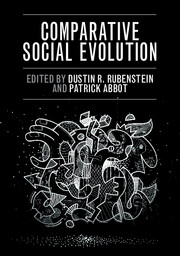1 - The Evolution of Social Evolution
Published online by Cambridge University Press: 13 April 2017
Summary

- Type
- Chapter
- Information
- Comparative Social Evolution , pp. 1 - 18Publisher: Cambridge University PressPrint publication year: 2017
References
- 9
- Cited by



